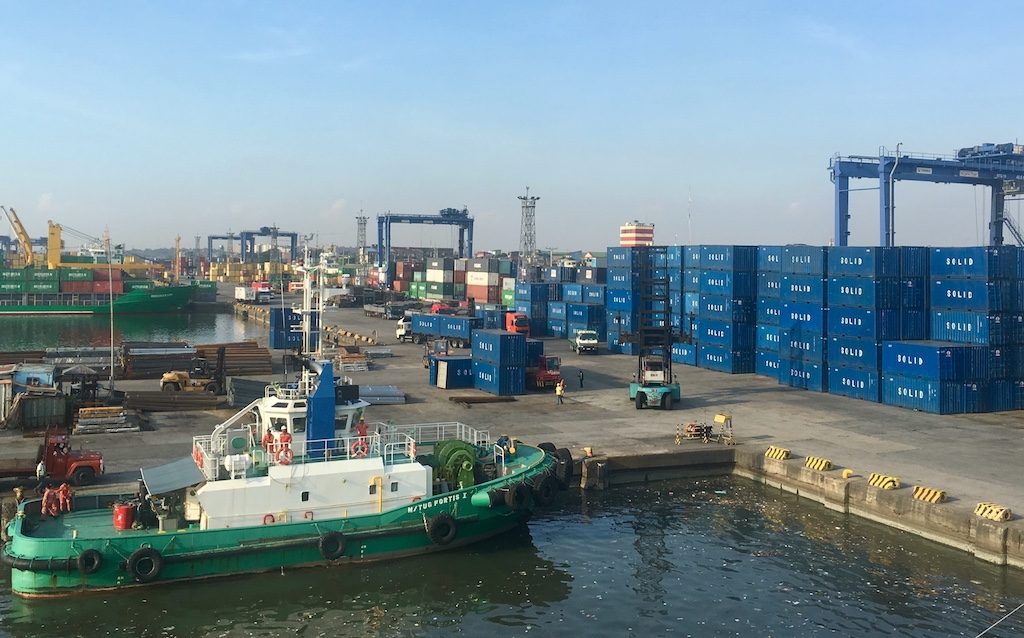SUMMARY
This is AI generated summarization, which may have errors. For context, always refer to the full article.

MANILA, Philippines – The warm ties between the Philippines and China were reflected in the latest trade data released by the Philippine Statistics Authority (PSA) on Wednesday, October 10.
Total Philippine exports to China were valued at $939.98 million or 15.3% of the total exports for August. This is 34.4% higher from the $699.48 million posted in the same period last year.
The United States, Hong Kong, Japan, and Singapore completed the top 5 Philippine export destinations.
“Total exports receipt recorded by the country’s top 10 market destinations for August 2018 reached $5.11 billion or 82.9% share to the total exports,” the PSA said.
Philippine exports were mostly cathodes and sections of cathodes of refined copper (79%), fresh bananas (46.9%), mineral products (21.8%), electronic products (7%), and other manufactured goods (6.4%).
Total exports grew by 3.1% to $6.16 billion in August from $5.98 billion in the same month last year.
Meanwhile, China was also the country’s biggest supplier of imports with a 19.9% share in August.
Import bills to China registered $1.92 billion in August, 28.2% higher year-on-year, showing that bilateral trade continues to be tipped in favor of the Asian giant.
The other top importers to the Philippines were South Korea, Japan, Thailand and the US.
The country imported more cereals and cereal preparations, iron and steel, mineral fuels, lubricants and related materials, transport equipment, and plastics in primary and non-primary forms.
For August, total imports went up to $9.68 billion, 11% higher from the $8.72 billion recorded in August 2017.
Wide trade gap
The figures brought the trade gap to $26 billion year-to-date, 65% higher than $15.7 billion deficit in 2017. (ANALYSIS: Weaker peso boosts exports? Not necessarily)
Persistent trade deficits have negative effects on employment and economic growth.
A wide trade deficit also adds pressure on the Philippine peso, which dipped to a near 13-year low against the US dollar.
Economic managers earlier said that a weak Philippine peso would lift imports and in effect narrow the gap, but the data showed otherwise.
The government had also repeatedly insisted that heavy imports were for its flagship Build, Build, Build infrastructure program. – Rappler.com
Add a comment
How does this make you feel?
There are no comments yet. Add your comment to start the conversation.